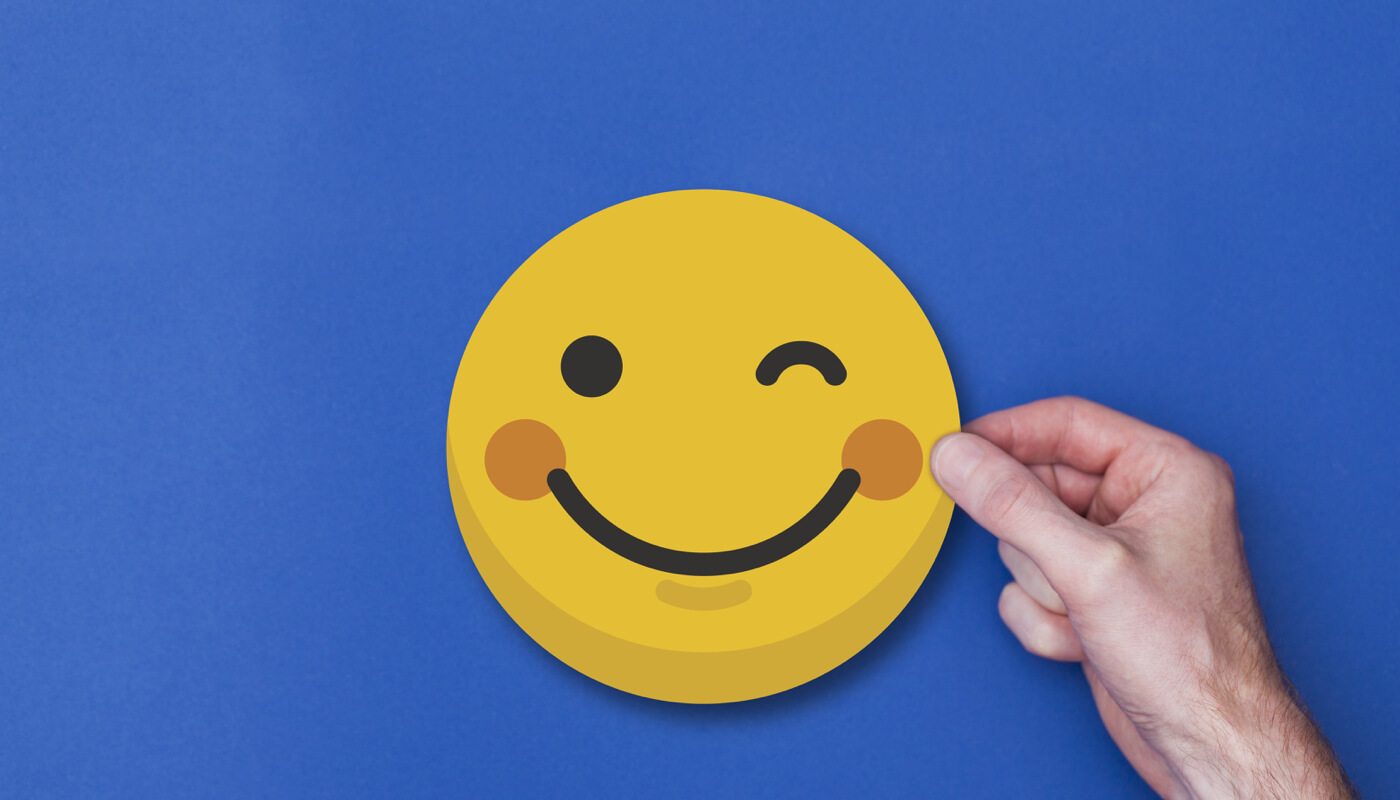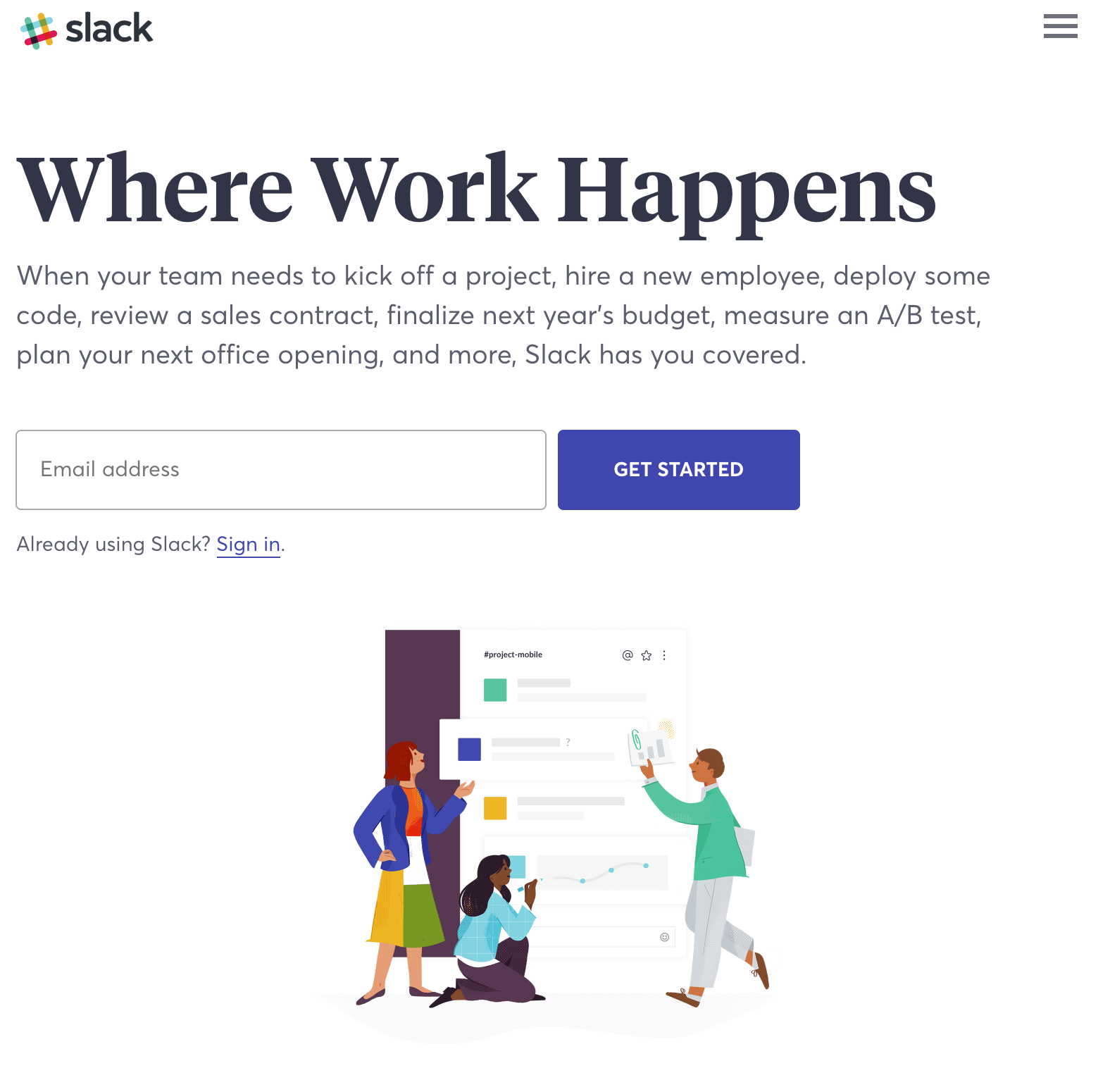December 19, 2018
Emotional Targeting
In marketing, we constantly focus on deliverables, metrics, and growth. Watching those graphs and bars go up is a great feeling — it’s a positive reflection of your hard work and dedication.
But your customers have very different priorities. They don’t care about your month-on-month growth, your ROI, or anything else found in your quarterly powerpoint presentation. They’re thinking about themselves, and converting them requires more than simple data analysis.
The human brain and emotions
Recently, research conducted by neuroscientists has uncovered a direct link between decision-making and the hypothalamus (the part of the brain that generates emotions). In this research, they claim that “emotions constitute potent, pervasive, predictable drivers of decision-making” (Lerner et. al., Annual Review of Psychology).
With a link between emotions and decision-making established, we now know that appealing to customers on an emotional level will help them rationalize their purchasing decisions. As marketers, it’s our job to put this knowledge into action.
How to convert your customers with emotional targeting
Emotional targeting is about two things: understanding your audience’s emotional triggers and actioning these triggers in your marketing.
For this to work, you’ll have to dig into the nuts and bolts of your customers: who they are, what they’re interested in, where they’re bouncing, and where they’re converting. To answer these questions, you’ll need to uncover your customer’s identities, motivations, and emotional triggers.
Here are a few ways to uncover information about your customers:
- Use tracking pixels (like the Autopilot Tracking Code) to collect data and find Lookalike Audiences on platforms like Facebook and Twitter
- Monitor and categorize user behaviors with integrated applications like Segment and Heap
- Analyze performance metrics across multiple channels through visual applications like the Autopilot Insights
Once you’ve laid the groundwork and identified your customers, you’re better equipped to reach them personally.
It’s not about you, it’s about them
When you’re creating a marketing campaign, you know what’s in it for you: sales, conversions, new leads… all the good stuff.
But what’s in it for your customers? They’re not just going to automatically convert. You need to ask yourself why your customers should choose you. Appeal to their emotions and give them a reason to sign-up to your newsletter, use your product, or buy from your store.
To get started, it’s advisable to map out your customer journey to align your design, copy, and strategy around the customer. The result is the difference between “we’re the best” and “here’s how you can be the best (with us).”
For example, if you head over to Slack’s main landing page, the first thing you’ll see is: “Where Work Happens.” Slack is talking directly to the needs of its audience — they’re looking for a better way to communicate at work. It’s less about the product, and more about the benefit the customer will receive.
Show is more important than tell
If you want people to feel something about your product or brand, it’s not enough to just tell them about it. People process images extremely fast, and as a result, images are critical for appealing to their emotions.
Hone in on the customer benefit, and communicate it visually. Have a quick look at the above image from Slack. That image communicates a lot, even without the text to aid it.
Retaining customers with emotional targeting
As a marketer, your work does not end with a sale. Retaining customers is a key element to constant growth and higher revenue. These emotional targeting techniques will help you form long-lasting bonds with your customers that drive loyalty and repeat purchasing habits.
Gamification
Whether it’s social recognition or a boost in self-confidence, people love to be rewarded by success. The feeling of winning an award or “leveling-up” releases a dopamine hit that makes people feel great.
Gamification uses reward systems to keep people engaged and feeling good on an ongoing basis. It’s been working well for the game industry for years. Just look at highly successful games like World of Warcraft. With its progression and reward-based gameplay, World of Warcraft made $9.23 billion in revenue between 2004 and 2017 (GameRevolution) — all on a subscription-based model.
Marketers use gamification to retain customers in a similar way. By giving customers goals and rewards based on personal progression, brands can engage and retain long-term customers.
LinkedIn is a great example: the social media platform uses progression-based incentives to encourage users to complete their profiles. Have a look at the LinkedIn dashboard below.
.jpg)
Every point of data that’s entered contributes to the “strength” of a LinkedIn profile. Each step rewards users with an improved status and tangible benefits like improved job updates. While LinkedIn uses this data for improved user experiences, the real benefit is an increase in the accuracy of their advertising model.
Progress emails
Keep customers happy and engaged by giving them constant feedback on how they’ve progressed so far. People like seeing numbers tick up and they love being told they’re special. Grammarly does this with weekly emails, giving customers a stat-board to track personal progress and comparisons with other users.

The statement: “I’m more productive than 99% of Grammarly users!” is affirming, and as a user, tells you that you’re heading in the right direction.
The customer focus
Thinking in terms of emotion, rather than logic, is a common human habit. Marketing messages akin to “we have the best product” and “we’re cheapest on the market” may ring true, but they’re not always entirely convincing. Emotions are at the core of what motivates your customers’ decision-making processes.
Appeal to your customer’s emotions by analyzing their wants, needs, and behaviors through the customer journey. It’s only then you’ll be able to use emotional targeting effectively. If you want to take advantage of other ways customers make decisions, read more about how you can apply cognitive biases to your marketing strategy.













